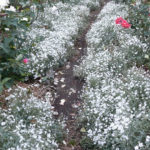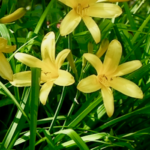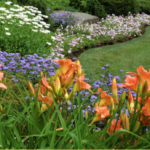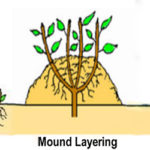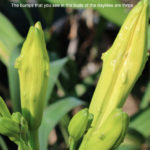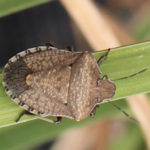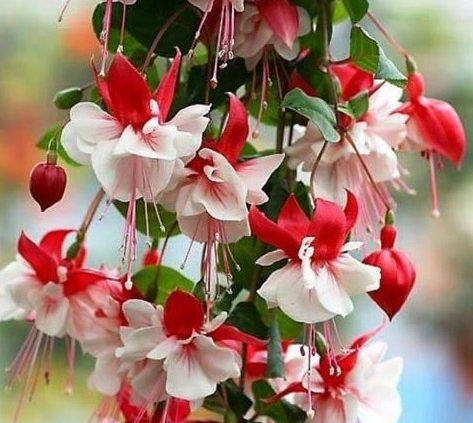
Fuchsia Plant Facts from Seed to Flowering
Fuchsia Seed: Growing Fuchsias Popular Plants for the Home Garden
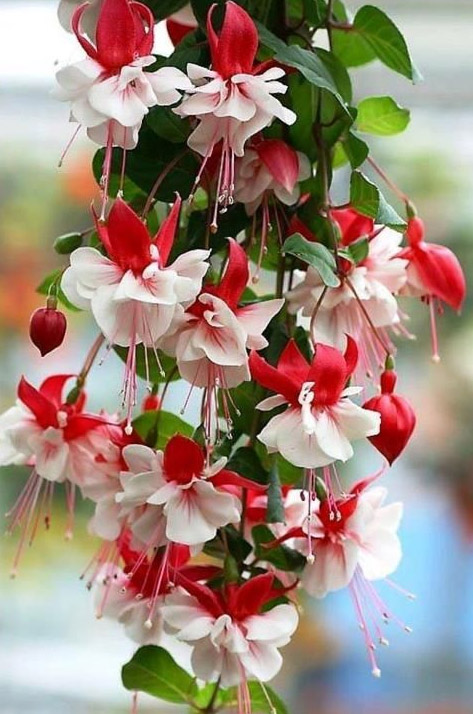 The first ever fuchsia was discovered in 1696 by a monk and botanist known as Charles plumber. It was found in the Greater Antilles. It was originally named after Leonhart Fuchs who is world renowned for his botany. To date, there are nearly 110 species that are currently recognised, but there could be more hiding out there somewhere. Most of the species originate from America but smaller amounts are native to Hispaniola, New Zealand and Tahiti. There are many varieties of fuchsias to suit your needs for example, bush and standard the most popular form that is great in the garden, besides this there are basket, fan and climber you can grow these in hanging baskets where the cascading flowers can trail this will make a colourful display in your greenhouse, porch or patio, growing fuchsias in baskets will need watering every day if experiencing dry spells and keep pinching out the stems often to keep the plant bushed up you can cover a fence in no time if you keep doing this. Lets see how to grow fuchsia seed.
The first ever fuchsia was discovered in 1696 by a monk and botanist known as Charles plumber. It was found in the Greater Antilles. It was originally named after Leonhart Fuchs who is world renowned for his botany. To date, there are nearly 110 species that are currently recognised, but there could be more hiding out there somewhere. Most of the species originate from America but smaller amounts are native to Hispaniola, New Zealand and Tahiti. There are many varieties of fuchsias to suit your needs for example, bush and standard the most popular form that is great in the garden, besides this there are basket, fan and climber you can grow these in hanging baskets where the cascading flowers can trail this will make a colourful display in your greenhouse, porch or patio, growing fuchsias in baskets will need watering every day if experiencing dry spells and keep pinching out the stems often to keep the plant bushed up you can cover a fence in no time if you keep doing this. Lets see how to grow fuchsia seed.
How to Grow Fuchsias from Seed
You are best to start your seeds in September in Australia it is also best to use a soil not peat based compost and start the planting process using small pots. You should first fill up the pots with the soil, but do not water them. It is best to place the pots into a sink or bowl so that the water can be drawn up into the soil. Once you see that the soil is wet on the top you can remove the pots and start placing the seeds on the surface. Only use a small amount of the same soil to cover and place the pots in a place that is well lit, but not directly in sunlight.
Another method is to plant the fuchsia seed in a tray. You should follow the same method as planting the fuchsia seed in a pot, but when complete you should then cover up the tray. You can use a special cover to do this or use an appropriate plastic cover. You don’t have to do anything else to the seeds until the seeds begin to sprout unless the soil looks dry. If it does, you should just spray the surface with a fine mist.
Once you can see the seedlings you should remove the cover for 2 hours each day, which will help to acclimatise the new seedlings to the environment. There is no definite timescale for when the fuchsias will begin to germinate. It could be anything from a couple of days to weeks, so don’t be disheartened if you don’t see results straight away.
Looking after your Fuchsia Seedling
If you look after your fuchsia properly it will grow quickly and flourish. In order for this to happen, it must be kept in a location that is shady. Fuchsias must be fed regularly but steadily to achieve magazine worthy results. Use a plant food but dilute by one quarter so that you can nourish your seedlings regularly without overfeeding.
As the fuchsia grows to allow four sets of leaves to develop, you should pinch out the growing tip from the stem because it forces the plant to grow sideways as well as upwards and will keep it looking neat, when the plant has a further three sets of leaves on those laterals you can then pinch out the laterals this result can take around 8 weeks prior to flowering. How to keep your fuchsia in bloom for, as long as possible you will need to remove any flowers that are dead and faded.
Don’t panic if you don’t notice any blooming when the weather gets really hot. Like most flowering plants fuchsias shut down flowering in the heat of the summer and will start up flowering again once the weather gets a bit cooler.
Once the flowering season has finished and your fuchsia in full bloom ends, you should not remove the plant from its current container but should lightly prune it. The next thing you should do is take away any dead flowers. During this time you only need to water on a monthly basis and no need to feed it. You can resume usual care when the fuchsia comes out of dormancy after winter this will be when the weather is warm enough for the fuchsia to be placed outside again.
If you are growing your fuchsia plant outside, protect them from frosts this is a good reason to grow your fuchsias in a pot then you can manoeuvre your plant around to any suitable position
These are the best useful facts on how to grow the best fuchsias from seed to flowering in Australia.








